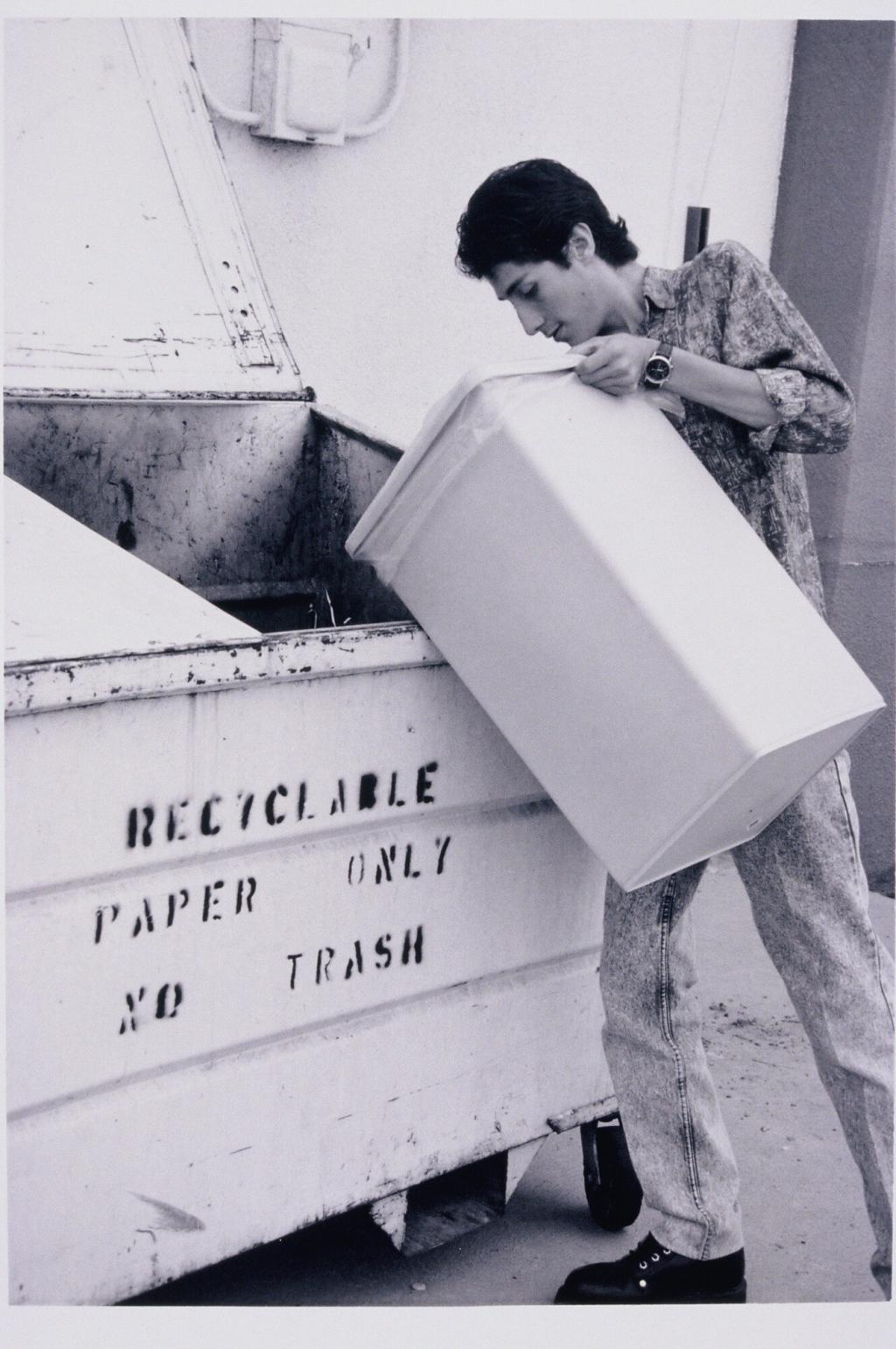
Step-by-Step Guide to Upcycling Furniture for Beginners
Upcycling furniture is a fantastic way to breathe new life into old or unwanted pieces while expressing your creativity. Not only does this sustainable practice help reduce waste, but it also allows you to customize furniture to perfectly match your style and needs. This guide is designed to help beginners confidently embark on their upcycling journey, offering practical advice and inspiration for transforming everyday items into unique, functional treasures. Whether you’re revamping a tired wooden chair or turning a discarded dresser into a focal point, you’ll discover how approachable and rewarding upcycling can be.
Understanding Upcycling and Its Benefits
The Environmental Impact of Upcycling
Upcycling furniture helps reduce the amount of waste sent to landfills, conserving natural resources and minimizing pollution associated with manufacturing new products. Every time you rescue an old table from the curb or repurpose a bookshelf, you actively participate in cutting down the demand for fast furniture production. This eco-conscious approach is vital because modern manufacturing can severely impact forests, water sources, and air quality. By choosing upcycling, you become part of a movement that values conservation and sustainability, inspiring others to make responsible choices in their own lives.
Creative Expression and Personalization
One of the main draws of upcycling is the ability to unleash your creativity and put a personal stamp on your space. When you upcycle, you aren’t limited by factory finishes or the latest trends. Instead, you get to experiment with colors, textures, and techniques to design pieces that reflect your personality or fit seamlessly into your home’s aesthetic. Whether you love bold statement pieces or prefer subtle, vintage charm, upcycling empowers you to make furniture yours. The process itself can be deeply satisfying, fostering a sense of accomplishment as you watch your vision come to life.
Saving Money While Upgrading Your Home
Upcycling is an excellent way to refresh your living space without breaking the bank. Brand-new furniture can be expensive, but with some creativity and elbow grease, you can transform everyday finds from thrift stores, yard sales, or even curbside giveaways into pieces that look stylish and high-end. Materials and tools for upcycling are often affordable, and many projects only require basic supplies. By investing a little time and effort, you can achieve impressive results while keeping your budget under control, all while preventing furniture from ending up in the landfill.
Choosing the Right Piece
Finding the perfect item for your first upcycling project can be an adventure in itself. Start by looking for sturdy pieces with good bones—solid wood, unbroken frames, and manageable sizes are ideal for beginners. Check local thrift stores, flea markets, online marketplaces, or even your own garage or attic. Items with minimal damage but great potential make the best candidates, as the transformation process becomes more about aesthetics than reconstruction. Avoid pieces with extensive mold, water damage, or pest infestations, as these can be challenging and unsafe to handle for novices.
Cleaning and Assessing Condition
Proper preparation starts with a thorough cleaning to remove dirt, grime, or old finishes that may interfere with new paint or adhesives. Use gentle cleansers appropriate for the material, and take care to scrub all crevices and hardware. As you clean, carefully inspect the furniture for any hidden issues like loose joints, wobbly legs, or stubborn stains. This assessment helps you plan for any necessary repairs before you start with the creative work. Addressing cleaning and condition early on ensures a longer-lasting finished piece and a more enjoyable process from start to finish.
Gathering Basic Tools and Materials
Equipping yourself with the right tools ensures your upcycling project runs smoothly. Beginners should have easy-to-use essentials on hand, such as screwdrivers, sandpaper or sanding blocks, wood glue, paintbrushes, and durable paints or stains designed for furniture. Protective gear like gloves and masks can keep you safe during repairs or painting. Many materials can be found at local hardware stores or repurposed from items you already have at home. By assembling your toolkit before you begin, you’ll feel prepared and confident to tackle your first project.
Previous slide
Next slide

Basic Techniques for Transforming Furniture
Sanding is a crucial early step in prepping furniture for transformation. It smooths rough areas, removes old paint or finish, and creates a surface that helps new paint or stain adhere better. Use a sanding block or sandpaper in various grits, starting with coarser papers and finishing with finer ones for a sleek feel. After sanding, wipe away dust and debris before applying primer. Primer acts as a foundation for paint and helps achieve an even, lasting finish. This step shouldn’t be rushed; careful surface preparation pays dividends in the final look and durability of your upcycled piece.

